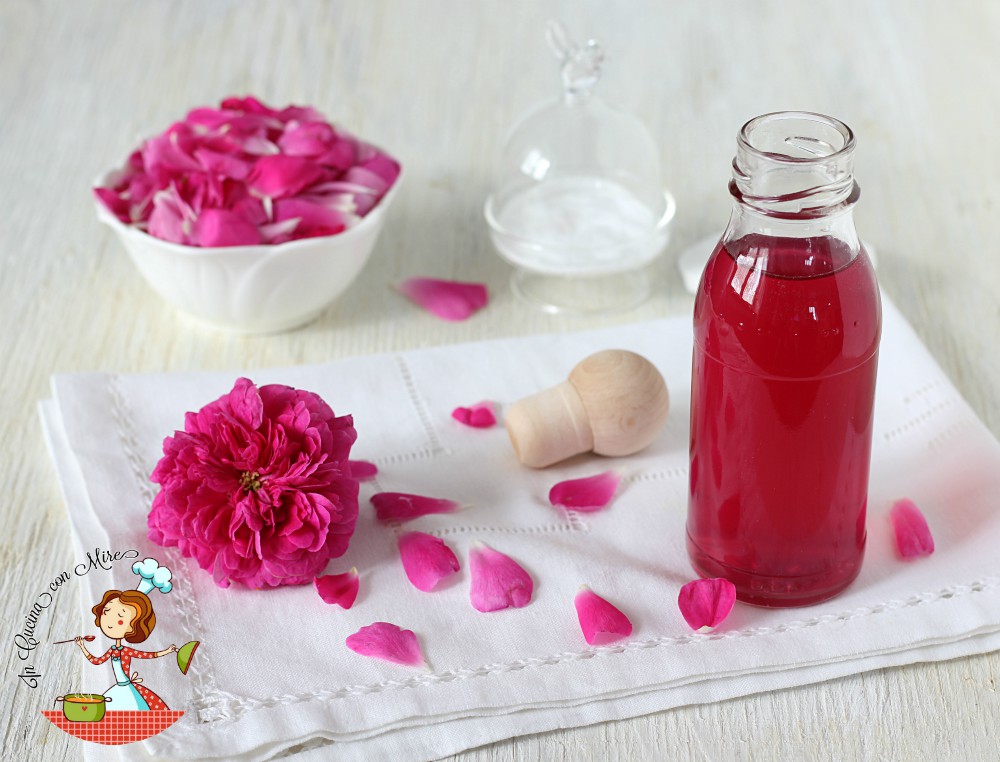
Acqua di Rose Tonico Spray 200ml - 100% BIO, pura, vegan – idratante alla rosa naturale, tonico per il viso per pelli impure, rimuove brufoli acne e anche make-up : Amazon.it: Bellezza

Acqua di Rose Purа MonteNativo 200 ml - 100% Naturale, Vera Acqua di Rose, Puro e Naturale, Idrolato di Rose Naturali, Doppia Distillazione di Vapore Acqueo, Cosmetici Naturali, Rosa Naturale : Amazon.it: Bellezza

Acqua alle Rose Crema Viso Idratante con Vitamina E e Estratto di Rose, Pelli Normali o Miste, Crema Idratante e Revitalizzante, Crema Gel Leggera e Fresca, Non Unge, 50 ml : Amazon.it:

Acqua alle Rose, Kit Routine Viso Sensitive con Estratto di Rosa, Set di Bellezza Per Pelli Sensibili, Contiene Acqua… - BurningBeauty

Acqua alle Rose, Tonico Viso con Acqua Distillata Alle Rose - Formula Rinfrescante con Proprietà Idratanti e Tonificanti, Rende la Pelle Giovane ed Elastica - Flacone da 300 ml : Amazon.it: Bellezza

Acqua alle Rose, Tonico Viso con Acqua Distillata Alle Rose - Formula Rinfrescante con Proprietà Idratanti e Tonificanti, Rende la Pelle Giovane ed Elastica - Flacone da 300 ml : Amazon.it: Bellezza

Acqua di Rose Purа MonteNativo 200 ml - 100% Naturale, Vera Acqua di Rose, Puro e Naturale, Idrolato di Rose Naturali, Doppia Distillazione di Vapore Acqueo, Cosmetici Naturali, Rosa Naturale : Amazon.it: Bellezza

Acqua alle Rose, Tonico Viso con Acqua Distillata Alle Rose - Formula Rinfrescante con Proprietà Idratanti e Tonificanti, Rende la Pelle Giovane ed Elastica - 4 Confezioni da 300 ml : Amazon.it: Bellezza

Rosense Acqua di rose 300 ml - tonico viso idratante, per la pulizia e la cura del viso, vegano, 100% naturale : Amazon.it: Altro

L'acqua naturale di rose - Tonico Viso Acqua di Rose - Lozione Rivitalizzante alla Rosa - Vegano, Senza Crudeltà : Amazon.it: Bellezza

Acqua di Rose Tonico Spray 200ml - 100% BIO, pura, vegan – idratante alla rosa naturale, tonico per il viso per pelli impure, rimuove brufoli acne e anche make-up : Amazon.it: Bellezza

Acqua alle Rose, Tonico Viso con Acqua Distillata Alle Rose, Formula Rinfrescante con Proprietà Idratanti e Tonificanti, Rende la Pelle Giovane ed Elastica, 1 Confezione da 100 ml : Amazon.it: Bellezza

Acqua alle Rose, Kit Routine Senza Età Viso, Tonico Rinfrescante, Crema Viso Lifting, Maschera in Tessuto e Siero con Acido Ialuronico, Adatto a Pelli Normali o Miste, Trattamento Antirughe : Amazon.it: Bellezza

Acqua di Rose Purа MonteNativo 200 ml - 100% Naturale, Vera Acqua di Rose, Puro e Naturale, Idrolato di Rose Naturali, Doppia Distillazione di Vapore Acqueo, Cosmetici Naturali, Rosa Naturale : Amazon.it: Bellezza

Acqua di Rose Purа MonteNativo 200 ml - 100% Naturale, Vera Acqua di Rose, Puro e Naturale, Idrolato di Rose Naturali, Doppia Distillazione di Vapore Acqueo, Cosmetici Naturali, Rosa Naturale : Amazon.it: Bellezza

Acqua di Rose Purа MonteNativo 200 ml - 100% Naturale, Vera Acqua di Rose, Puro e Naturale, Idrolato di Rose Naturali, Doppia Distillazione di Vapore Acqueo, Cosmetici Naturali, Rosa Naturale : Amazon.it: Bellezza

Acqua alle Rose, Kit Routine Viso Illuminante con Vitamina C Per Pelli Spente con Gel Lavaviso, Maschera in Tessuto, Crema Antirughe, Concentrato Attivo e Tonico Acqua alle Rose - Esclusiva Amazon :











